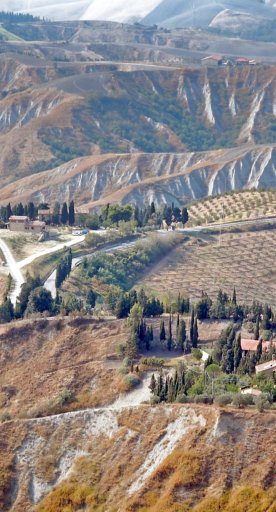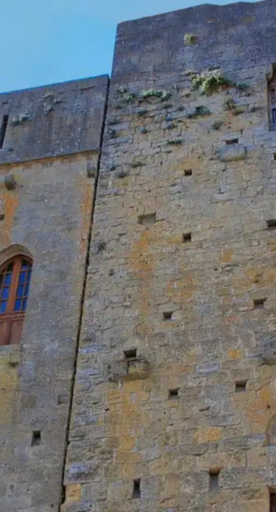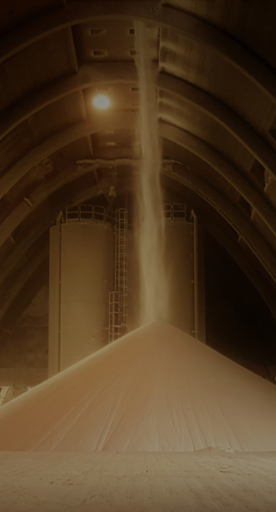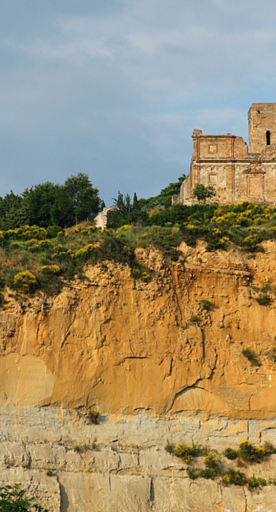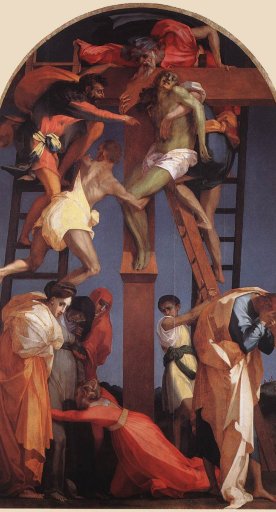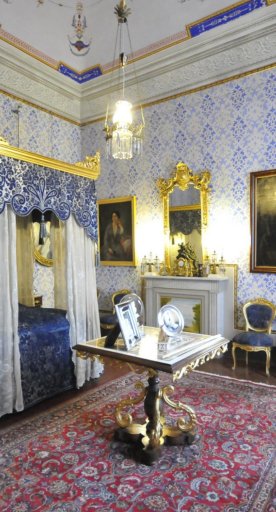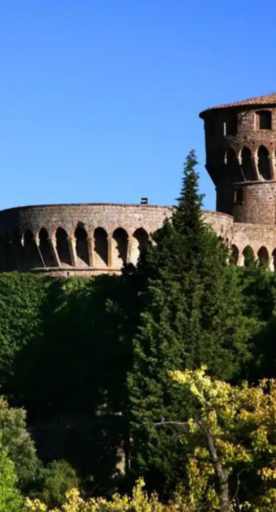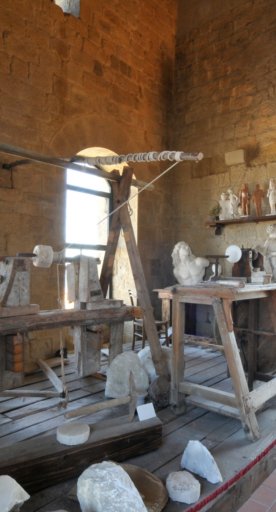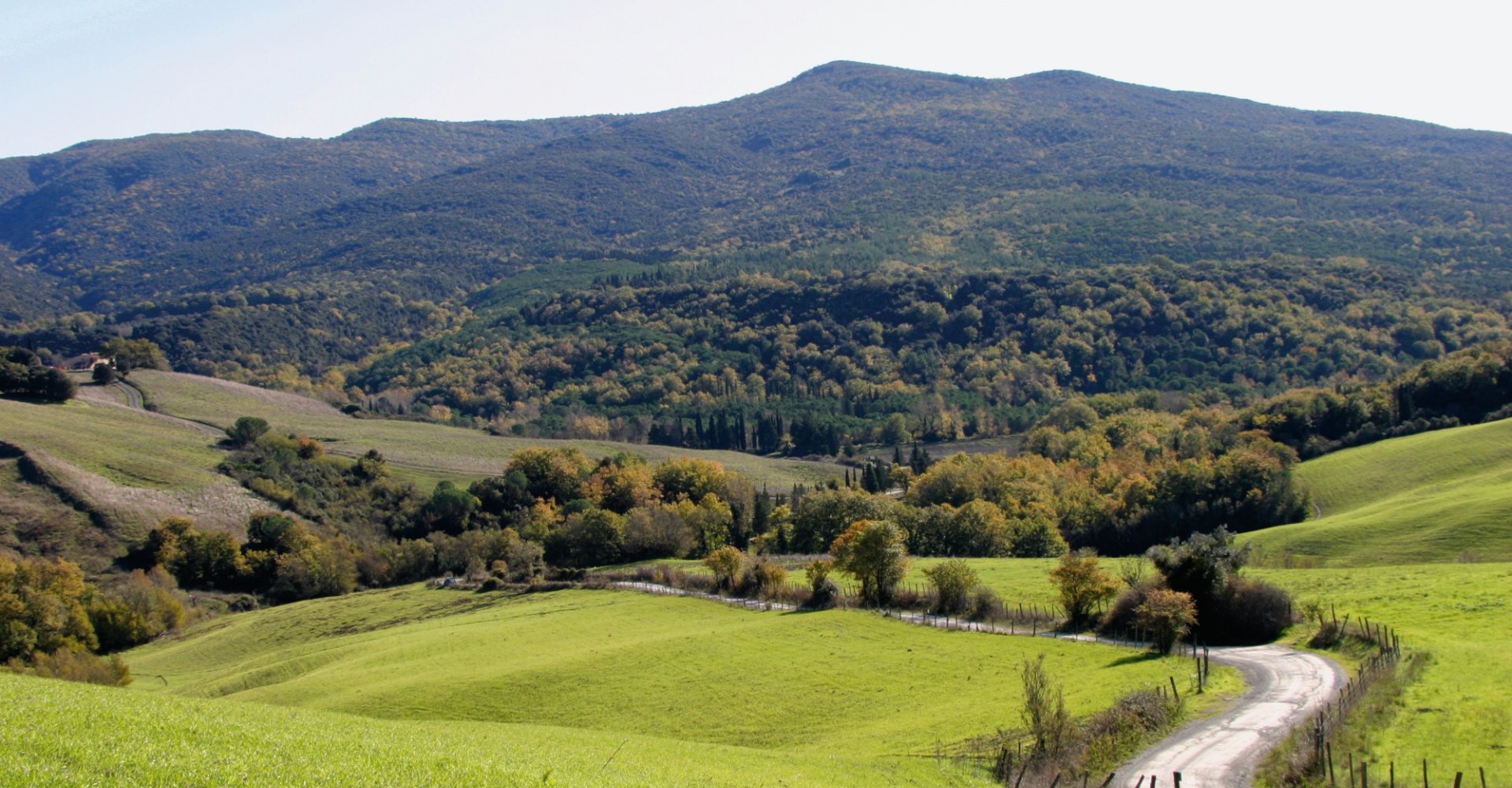
Berignone Forest Nature Reserve
An area of particular environmental interest
The reserve is part of the slightly larger Berignone Forest, located in the Upper Val di Cecina, between the municipalities of Volterra and Pomarance, and is more than 2,000 hectares in size. The area includes forests and scrubs that are home to many animals, like porcupines, martens, badgers, hares, more than 50 kinds of birds, wild boars and wolves, which live undisturbed amongst the dense oak and spruce trees. Vital resources certainly aren’t lacking: indeed, the area comprises various waterways that criss-cross the reserve, like the Fosci and Sellate streams and the Cecina River, which in the town of Masso delle Fanciulle creates an enjoyable place for locals to go swimming as they attempt to beat the summer heat.
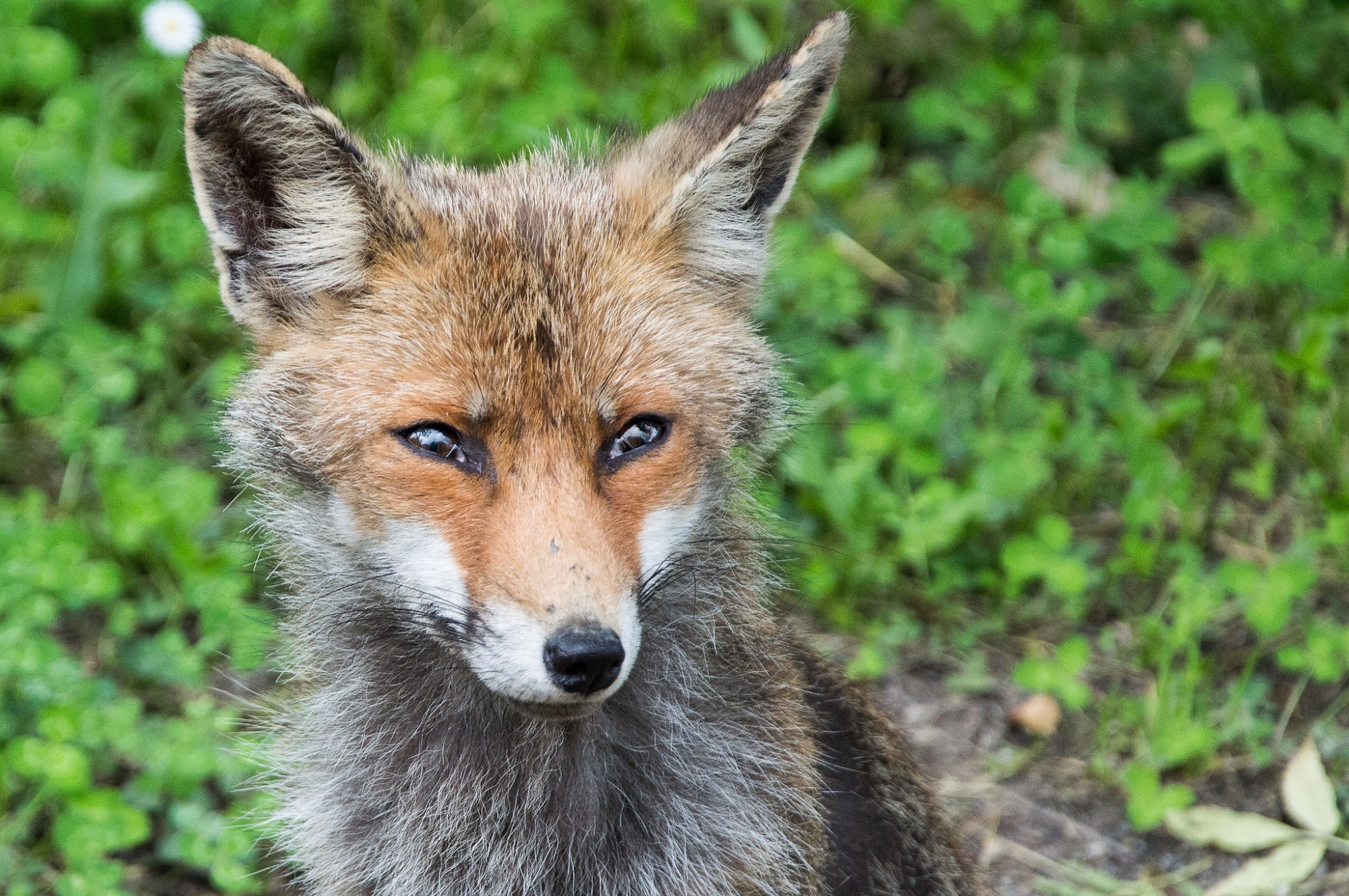
Diving deep into the forest, you can quickly understand just how unspoilt and wild this landscape is. There are plenty of curated trails that allow visitors to safely explore the forest and learn more about the wildlife in the area, thanks especially to didactic panels that dot the paths. This territory is important from a nature point of view, but it has also seen its fair share of human presence: it was a safe place for Resistance fighters during WWII and a place of work until the 1960s. Of course, the wood available here was incredibly important, making it a key place for lumberjacks to carry out their trade, who supplied the fuel needed at the salt mines in Volterra. In their work, they dedicated specific areas to the coal cellars, structures that transformed the trunks into coal.
In the area, you’ll find the ruins of two medieval fortresses that have earned a place in history: the Vescovi Castle and Luppiano Castle. The former was, as its Italian name suggests, the residence of the local bishops; for a period it was also the mint where Volterra’s coins were produced.
